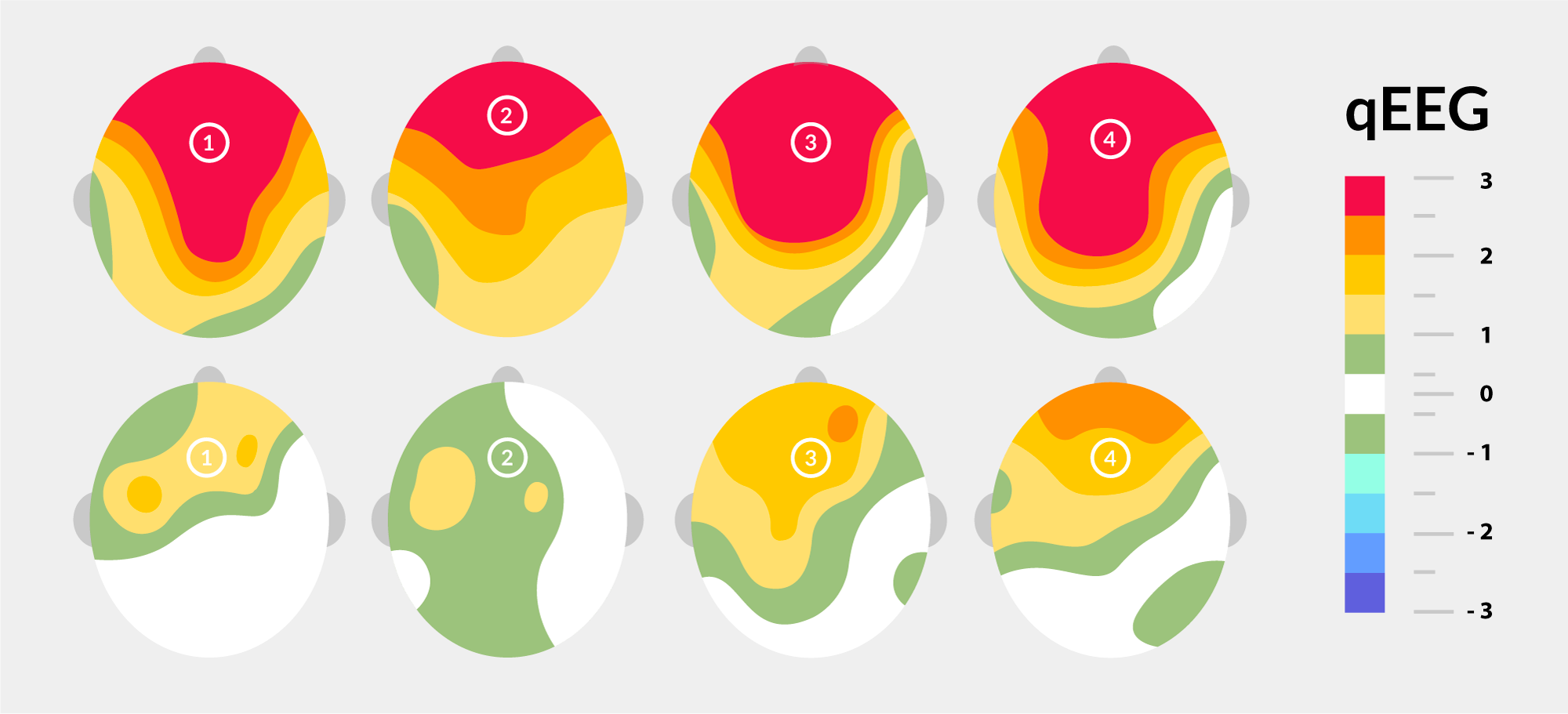Revealing the Link Between quantitative EEG and Slumber Apnea Trends for Enhanced Assessment and Therapy
Revealing the Link Between quantitative EEG and Slumber Apnea Trends for Enhanced Assessment and Therapy
Blog Article
Sleep hypopnea is a prevalent sleep disorder that impacts many people around the world. It occurs when a individual's respiration is interrupted during slumber, resulting to subpar slumber quality and various medical concerns. One of the ways scientists and doctors are endeavoring to improve understand and identify sleep apnea is through a method called quantitative electroencephalography, or qEEG. This method assesses the electrical activity of the cerebrum and can provide important understandings into how sleep apnea impacts brain activity and general health.
qEEG involves placing small electrodes on the head to capture cerebral waves. These brain waves are then examined to detect trends that may indicate sleep disorders, including sleep apnea. By analyzing these trends, medical providers can gain a clearer picture of how sleep apnea interrupts typical cerebral activity during sleep. This information can be crucial for formulating effective therapeutic strategies customized to specific patients. Understanding the connection between qEEG and sleep apnea can lead to enhanced identification techniques and superior outcomes for those affected by this condition.
Studies has demonstrated that people with sleep apnea often exhibit distinct changes in their brain wave trends. For instance, during instances of apnea, the cerebrum may exhibit heightened activity in certain regions while additional regions become more active. These changes can affect how well a person sleeps and how rested they perceive upon awakening. By employing qEEG to track these cerebral oscillation patterns, doctors can identify specific characteristics of sleep apnea in patients, which can help in making a more accurate identification. This is particularly crucial because sleep apnea can occasionally be confused for alternative sleep conditions, leading to inappropriate treatments.
In addition to improving diagnosis, qEEG can also play a role in evaluating the effectiveness of treatments for sleep apnea. For instance, after a patient begins using a continuous positive airway pressure (CPAP) machine, which assists maintain the passage clear during slumber, qEEG can be utilized to evaluate alterations in cerebral function. If the cerebrum exhibits enhanced trends of slumber after starting treatment, it may indicate that the therapy is working well. This feedback can help doctors make necessary adjustments to treatment plans, guaranteeing that patients receive the best care possible.
In summary, the relationship between qEEG and sleep apnea trends is an promising area of study that offers potential for improving identification and therapy. By comprehending how sleep apnea impacts cerebral activity, medical professionals can formulate more effective strategies weblink to help patients achieve improved slumber and enhance their general well-being. As research continues to evolve, it is likely that qEEG will turn into an integral instrument in the battle against sleep apnea, resulting to superior outcomes for those who suffer from this challenging condition.